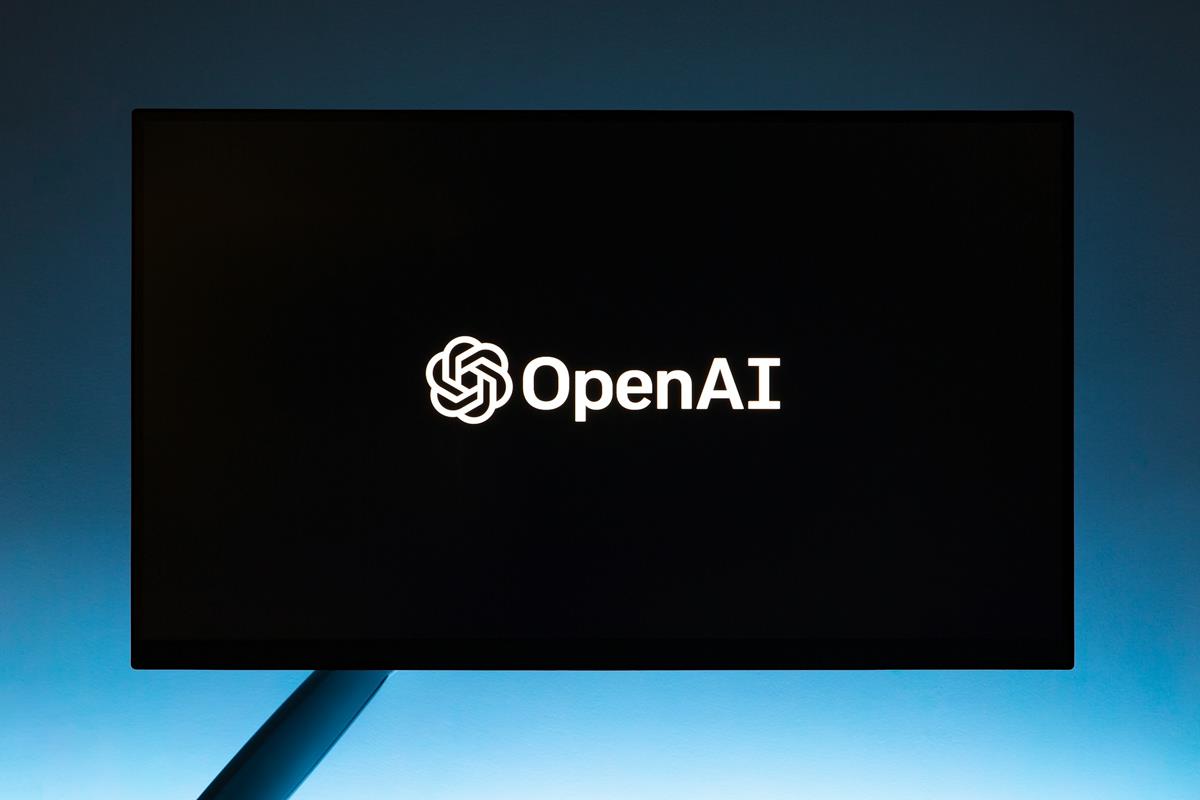The Wolfram Language Image Identification Project

The Wolfram Language Image Identification Project is a new function of Wolfram Language that can be used to identify what images are about.
It is usually easy to identify what is shown on a picture. While it may sometimes be difficult to identify an object or people correctly, it is usually no problem to put it in a broader context.
For instance, while you may not know the specific model of a car or the name of a flower, you will be able to tell that a car or a flower is the main focus of a picture.
The Image Identification Project by Wolfram demonstrates how far computers have come when it comes to identifying images.
The demo website itself is easy to use. Just drag and drop an image onto it to have it identified by the algorithm.
The processing should not take longer than a couple of seconds with results being displayed on the next screen.
The algorithms success rate appears astonishingly high. While it may not deliver detailed results all of the time -- like when you use the sample images that are provided on the project website -- it seems capable of providing a broader classification more often than not.
It does a good job at identifying plants or animals correctly for instance. Additional information about the identified object are displayed on the same page.
You may also rate the identification of the image and may even add your own suggestions if the identification was not correct.
The algorithm won't identify people, art or buildings most of the time. If you upload Van Gogh's Starry Night picture for instance, it is identified as an artifact. John F. Kennedy on the other hand was identified correctly by the algorithm.
The image identification algorithm won't identify abstract art currently, most people and generally speaking things that are not everyday objects.
According to the FAQ, it uses natural clues in the identification process. For instance, it may identify a boat better if it is on water or a tree if ground is displayed on the picture as well.
Additional information about the algorithm and Wolfram Language are available on the official blog.





















When it goofs it’s funny. It identified a picture of an elephant balancing on a ball, as “weimeraner.”
https://www.imageidentify.com/result/0e51hy0arje6z
https://www.imageidentify.com/result/1l3hy37i3pvjx
I don’t know what to say.
https://www.imageidentify.com/result/1fg6572af93x7
…close enough.
Google’s own image detector does a good job at identifying people, places and objects, but it isn’t perfect and only correct 85% of the time. When used from Chrome we can easily R click just about any image on any page and have it attempt to identify the image. When used from any other browser we must manually download the image, then drag-n-drop or upload it into the Google Image search engine before it can identify the image. Much easier to do from Chrome.
https://images.google.com/
Three years ago I took a photo of a sign on the Mersey towpath. I have never been able to identify the image. The site responded with “an instrumentality invented for a particular purpose”
Picture identification still has a long way to go. Last week, Flickr ID’d another of my photos as an insect, rather than the helicopter it actually was!
Interesting! I’ve just submitted over a dozen non ambiguous pics, it found correctly very few, but it’s a start.
I remain as all of us puzzled, amazed when I see what algorithms can already perform, what is announced as their aim. I imagine that there are many paths to IA, for instance what is elaborated to recognize the content of an image may be far from a Chess IA structure. Since always an artificial Chess player has lead me to deep thoughts :) I remember as well 2001 A Space Odyssey and the IA (forgot the name of the centralized IA which reads on the lips!) and then I wonder if fear must be included with my amazement …
There is a word missing in the following phrase: “The algorithm won’t identify people, art or buildings most of the. If you upload[…]”. I think it should be “most of the TIME.”
Thanks, added the missing word.